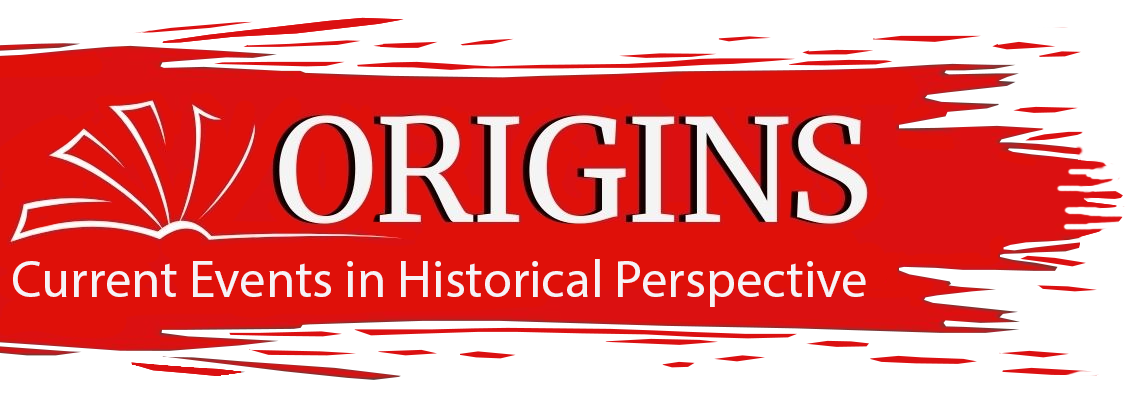Federal Judge Thomas Penfield Jackson has ordered Microsoft broken in two, and the appeal has gone to the Supreme Court. Why is Microsoft in so much trouble? Because for two centuries Americans have hated political and economic bullies. "Free competition" has always been our rallying cry and the Sherman Antitrust Act has been the law of the land since it passed 110 years ago this month.
That "charter of freedom" was designed to protect the core American value of free enterprise. A century later, Bill Gates is trying to redefine free enterprise by shifting attention from producers' rights to consumers' rights. The public seems willing to go along with him, but will the courts?
Microsoft beat out such rivals as WordStar, Word Perfect, and 1-2-3 because its software worked better. The legal issue now is whether it illegally tried to destroy the Netscape browser. Yet beneath this case simmers the issue of consumers versus producers.
The "trusts" were large conglomerates that suddenly emerged in the 1880s and 1890s to monopolize entire industries. The country was filled with thousands of small, locally-owned factories; the trusts tried to buy them out. Those factories have all rusted away, or have been converted into boutique malls, but a century ago they were as vibrant as software startups today. Their owners worried, could they thrive alongside the trusts? Would their entrepreneurship survive in the face of ruthless competition?
Free competition meant the opportunity for all Americans to build their own businesses without being forced to sell out. As Ohio Senator John Sherman put it, "If we will not endure a king as a political power we should not endure a king over the production, transportation, and sale of any of the necessaries of life." The Sherman Act gave the government the authority to ask courts to break up monopolies.
Corporate consolidation roared along in the 1890s and 1900s. As a result the Progressive Era put antitrust high on its agenda. President Theodore Roosevelt approved of "good" trusts–which built the world's greatest economy–and sued 40 "bad" ones that preyed on smaller fry. The most notorious was the Standard Oil Company. John D. Rockefeller had used his financial power to destroy and buy out his competitors and made secret rebate deals with railroads to build his monopoly in the oil business.
Rockefeller was the richest man in the world. Under attack he hired the first public relations agents, and donated huge sums to churches, universities and rural African-American schools. His PR campaign failed as newspapers and clergymen denounced the gifts of "tainted wealth."
In 1911 the government won in the Supreme Court. Rockefeller's monopoly was broken into 38 entirely independent companies, including Standard Oil companies of New Jersey (later known as Exxon), of Indiana (Amoco), of New York (Mobil), and of California (Chevron). Eventually they began to compete against one another.
After 1911 the nation's mood changed; America accepted bigness. Henry Ford was as much a monopolist as Rockefeller, but he built millions of cheap cars that put America on wheels, and at the same time lowered prices, raised wages and promoted efficiency. Ford became the greatest hero of the day because he empowered the consumer. The government never tried to break up his company; talk of trust-busting faded away.
In the Great Depression the threat to free enterprise seemed to come from too much "cutthroat" competition, which drove down prices and slashed profits for entrepreneurs. One law in 1936 sought to protect local retailers against competition from the new, more efficient chain stores, by making it illegal to discount prices. By the 1980s America was confident that a fully competitive marketplace produced fair returns to everyone, entrepreneurs and consumers alike. Yet some argued that monopoly was bad not because it hurt entrepreneurs but because it hurt consumers in terms of higher prices, poorer service, less innovation and restricted choice.
In 1982 the Reagan administration used the Sherman Act to break up the AT&T monopoly into one long-distance company and seven regional "Baby Bells." The pace of business takeovers speeded up in the 1990s, but whenever one large corporation sought to acquire another it first had to obtain the government's approval. The success of the AT&T breakup emboldened President Bill Clinton to move against Microsoft. In 1995 Clinton's Justice Department refused to allow Microsoft to buy out Quicken, which would have given it a monopoly of the home financial software market. Quicken survives today and is one of the few software products Microsoft has been unable to buy out, elbow out, or out-perform.
In 1999 Clinton's Justice Department sued Microsoft and demonstrated it had illegally strong-armed PC companies in order to squelch the competitive threat posed by Netscape. Gates–the new Rockefeller–responded with a blitz of publicity and a massive dose of philanthropy.
Gates wants to redefine free enterprise to give Microsoft much more freedom in its business decisions, as long as it benefits consumers. He believes that Windows is always best for the consumer, and that splitting Microsoft would diminish efficiency and slow down the torrid pace of software innovation.
Is Gates more like Ford or Rockefeller? In Silicon Valley Gates is feared and hated by entrepreneurs who know he can destroy their business with the click of a mouse. But consumers love Windows as much as they loved their Model T's. Gates has lost the first round. Next year the Supreme Court will either repeat the busting up of Standard Oil, or the toleration of Ford.
Richard Jensen is professor of history emeritus, University of Illinois, and a writer for the History News Service.
